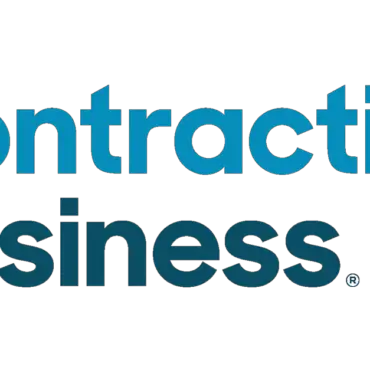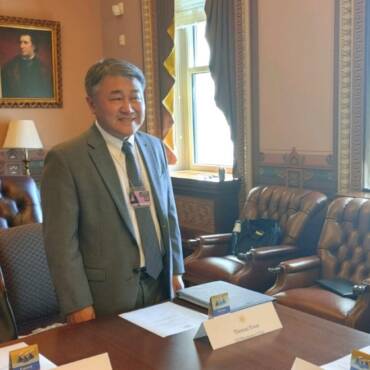By: Brian Schutt | November 11, 2024
There’s a certain satisfaction in solving a problem by addressing it directly. But if there’s one thing I’ve learned over the years, it’s that the most effective solutions often appear long before the problem itself does. In business and in life, addressing an issue before it grows into a costly emergency isn’t glamorous—but it’s essential. This principle holds especially true for HVAC maintenance.
Most people don’t think twice about their heating, ventilation, and air conditioning (HVAC) systems, especially when everything works. It’s a kind of invisible utility; the air feels comfortable, and that’s the end of the thought. But that comfort belies an extensive, complex system that’s constantly working. Like any machine, it’s subject to wear and tear and, if neglected, eventual breakdown. And it’s here, in the moments of neglect, that costs start to pile up.
The Compounding Costs of Ignorance
When people say “maintenance is costly,” they’re often talking about the immediate out-of-pocket expense. They look at a preventive maintenance bill—say, $150 for an annual inspection—and instinctively question the necessity. Why pay for something that isn’t broken? But this short-sightedness overlooks the compounding costs of that inaction.
HVAC systems are complex networks of parts that rely on each other to function efficiently. When one component, say, the air filter, becomes clogged, it forces other parts to work harder. The compressor, evaporator coil, and even the thermostat start operating under stress, consuming more energy and increasing the likelihood of failure. In other words, the HVAC system begins to demand more power, yet delivers less.
This increased energy usage isn’t subtle, either. A system with dirty or aging components can see energy efficiency drop by 5-15%, translating directly to higher utility bills each month. Multiply this inefficiency over a few months, and the numbers start to paint a compelling picture: the cost of maintenance pales in comparison to the slow, steady drain of an inefficient HVAC system.
The Economics of Emergency Repairs
Then, there’s the fact that neglected systems break—and when they do, it’s rarely convenient. Emergency repairs are notoriously more expensive than scheduled maintenance. If your HVAC system fails in the dead of winter or peak summer, repair services charge premium rates for the urgency. There’s also the risk of further complications if you’re dealing with extreme weather while waiting for a repair. Suddenly, the small savings from skipping maintenance seem less like savings and more like a gamble that went wrong.
By contrast, routine maintenance schedules are planned, predictable, and avoid the surcharge of emergency services. This predictability allows for budgeting, reduces financial strain, and eliminates the discomfort of dealing with a sudden outage.
Extending the Life of Your System
People often underestimate the value of longevity, especially with machines. A well-maintained HVAC system can last up to 20 years; a neglected one might only make it to 10-12. At an average replacement cost of $5,000 to $10,000, that’s a significant difference in capital expense. Regular maintenance extends the lifespan of the unit, providing a return on investment that’s hard to ignore.
Think of it this way: If a $150 annual investment in maintenance extends your HVAC system’s life by even just a few years, you’re effectively deferring thousands of dollars in replacement costs. Spread out over a decade or two, the cost of maintenance becomes a small line item, dwarfed by the cost of premature replacement.
Indoor Air Quality and Health
Most people assume that the quality of air in their home is naturally good. But HVAC systems circulate all the air inside, and if they aren’t maintained, they begin to circulate contaminants too. Dust, mold spores, and allergens accumulate, making the system less efficient and the air you breathe less clean.
In the long term, poor air quality affects more than just your comfort—it impacts your health. Chronic respiratory issues, allergies, and even fatigue can result from prolonged exposure to unclean air. And the costs associated with health—doctor visits, medication, or lost productivity—are some of the hardest to quantify. But make no mistake: they add up quickly.
A Mental Shift
Preventive maintenance is, at its core, about shifting our perspective. It’s about seeing maintenance not as a cost but as an investment—one that pays dividends in the form of lower utility bills, fewer repairs, cleaner air, and a longer-lasting system. It’s not exciting, but it’s effective. For most homeowners, an ounce of prevention truly is worth a pound of cure.
In the end, the hidden ROI of HVAC maintenance is that it saves more money than it costs. In a world full of unnecessary expenses, it’s refreshing to find one that actually justifies itself.
Whether you require installation, repair, or maintenance, our technicians will assist you with top-quality service at any time of the day or night. Take comfort in knowing your indoor air quality is the best it can be with MOE heating & cooling services Ontario's solution for heating, air conditioning, and ventilation that’s cooler than the rest.
Contact us to schedule a visit. Our qualified team of technicians, are always ready to help you and guide you for heating and cooling issues. Weather you want to replace an old furnace or install a brand new air conditioner, we are here to help you. Our main office is at Kitchener but we can service most of Ontario's cities
Source link


